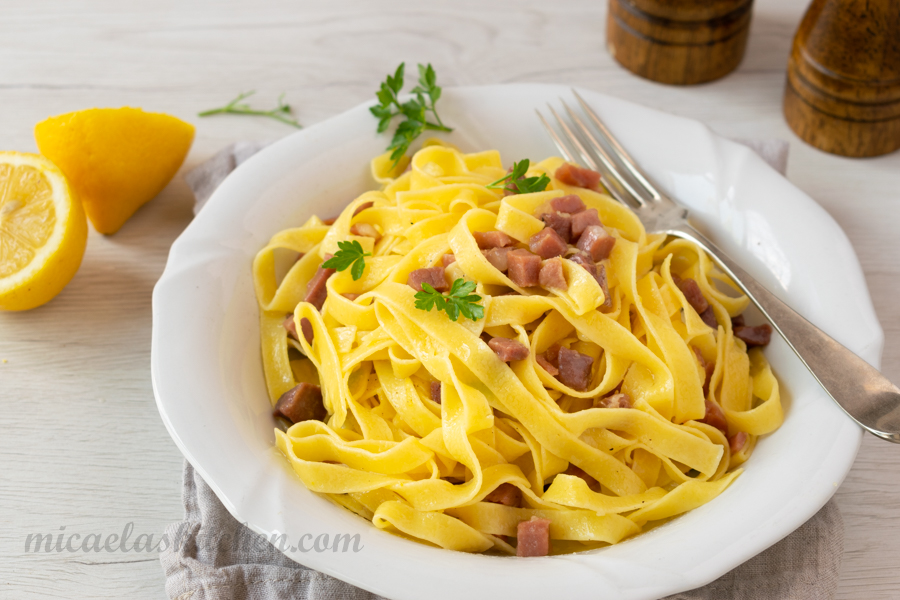How to Cook Pasta Like an Italian Chef
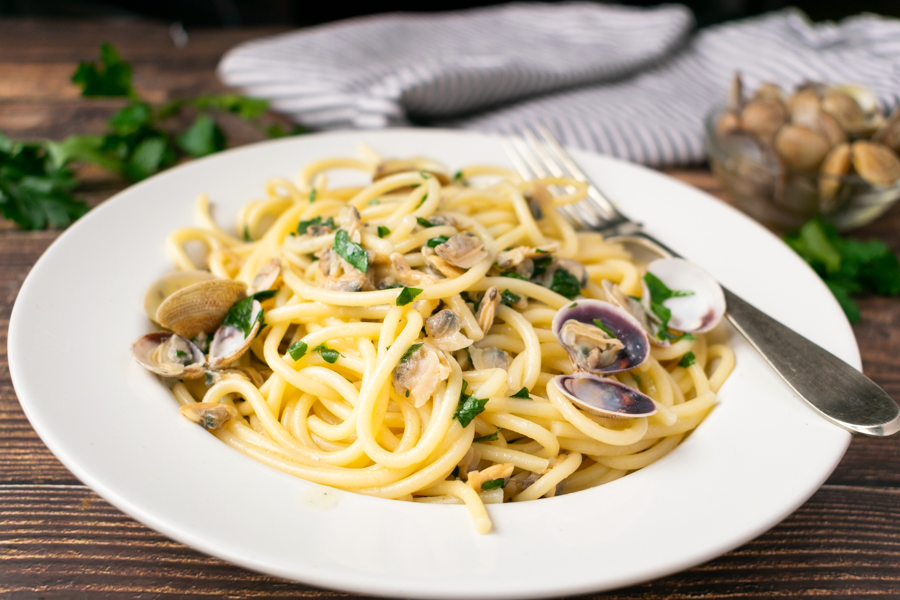
Do your macaroni all break during cooking? Do your tagliatelle often turn to mush? Do you never obtain that perfect al dente bite? As an amateur home cook, you long to prepare pasta with the skill of an Italian chef. Rather than giving up on pasta night, learn techniques from the masters. With a few tips on choosing the right pasta shapes, timing your cooking, and properly saucing, you’ll be plating restaurant-quality pasta in no time. This guide covers everything from picking pasta at the market to straining it just right. Follow these pro tips to cook pasta like an Italian chef in your own kitchen.
Choosing the Right Pasta for Perfect Results
When cooking pasta, choosing a pasta shape that complements your sauce is key. For light sauces, long strands like spaghetti, linguine or fettuccine allow the sauce to cling evenly. For chunky sauces with vegetables or meat, short tubular or curved pasta like penne, farfalle or pipette are ideal for scooping. Small shapes like ditalini or farfalline are perfect for soups.
The Rule of Italian Chefs
When preparing pasta, careful attention should be paid to proper dosing. There is a fundamental rule that allow for correct dosage proportioning: 1, 10, 100 (liter of water, grams of coarse salt, grams of pasta). Strict adherence to these proportions is critical, as it enables the pasta to move freely during cooking and promotes the accumulation of heat needed to quickly return the water to a boil after adding the pasta. Following the prescribed dosages is essential for optimal pasta preparation.
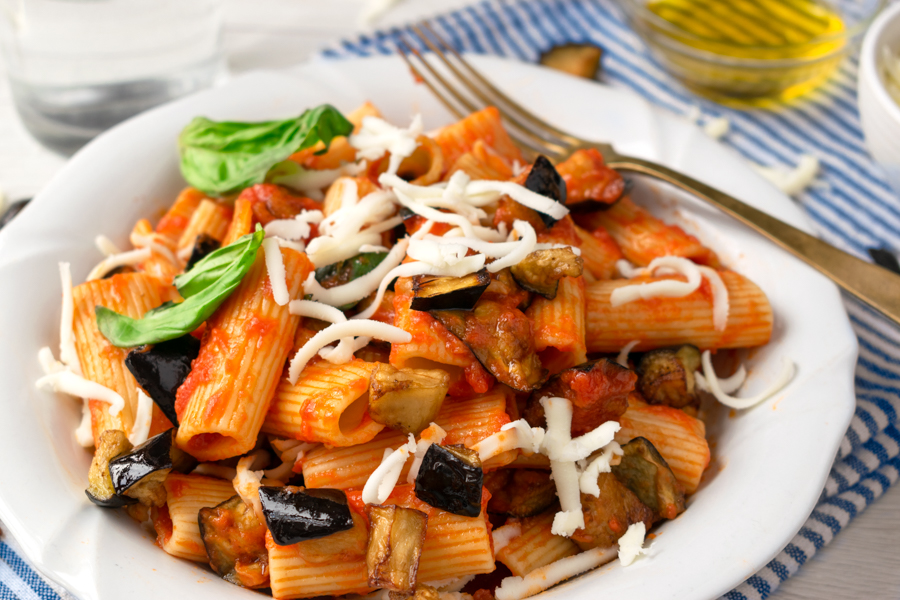
Mastering the Pasta Cooking Process
To cook pasta to perfection like an Italian chef, there are several key steps to follow.
Use Plenty of Salted Boiling Water
Fill a tall, large pot with water, using approximately 1 liter of water for every 100 grams of pasta. Around 80 grams per person is a typical serving size. Bring the water to a boil over high heat. Once the water reaches a boil, add coarse salt at a ratio of 10 grams of salt for every 100 grams of pasta and every liter of water. The salt adds flavor to the pasta. The large amount of water helps the pasta cook evenly.
Add the Pasta and Stir
Once the water reaches a boil and the salt has fully dissolved, add the pasta and reduce the heat to medium. Stir frequently for the first 5 minutes of cooking, then continue stirring at intervals until fully cooked. The water should maintain a boil without boiling over the edge of the pan, so monitor the heat level closely. If the boiling stops, slightly increase the heat, but if foam begins to spill over the sides, slightly decrease the heat.
Check for Doneness
The cooking time will depend on the type of pasta. Cook the pasta for the number of minutes indicated on the packaging instructions and in the recipe. Continuously check the pasta for doneness. However, you should also taste the pasta to check if it’s cooked to your liking. The pasta should be al dente, meaning still firm when biting.
Al Dente Perfection
To achieve an authentic “al dente” pasta, follow the recommended cooking time on the package and check frequently. “Al dente”, which means “to the tooth” in Italian, refers to pasta that is still firm when bitten.
Pasta cooked al dente should maintain a compact consistency and require some effort to chew without being excessive. If undercooked, the pasta will remain uncooked in the center and feel too hard or raw. Conversely, overcooking will result in a soft and sticky texture, both visually and when consumed. Proper al dente cooking ensures the pasta is cooked through yet still offers some resistance when eaten.
Reserve Some Cooking Water and Drain
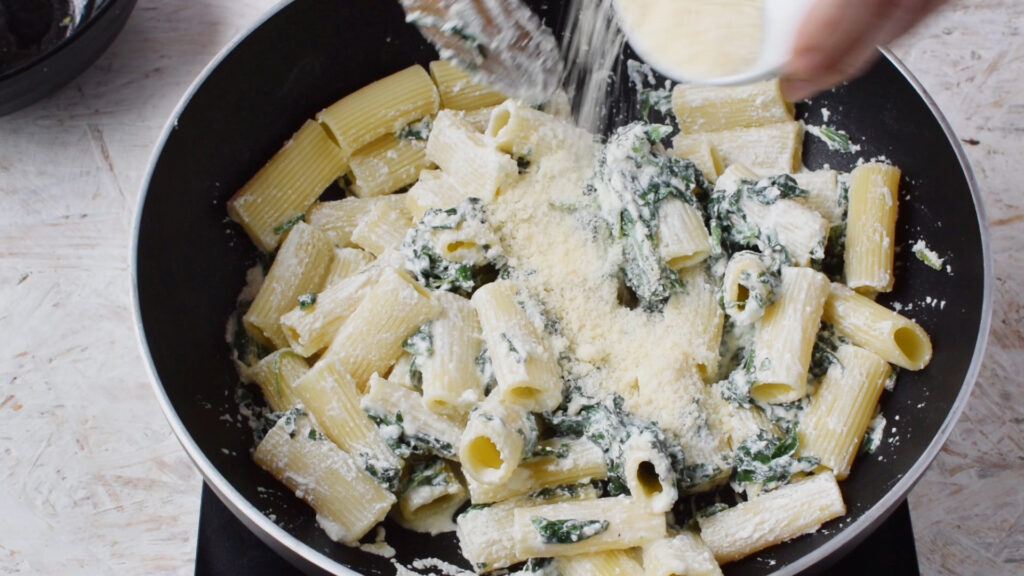
Reserve about 1 cup (0.24 l) of the cooking water. The starchy water helps create an emulsion when tossing with sauce. Drain the pasta using a colander, when it’s slightly undercooked, about 1 minute before the suggested cooking time.
Toss with Sauce
Transfer the drained pasta to the pan with the sauce. Toss well to coat the pasta, according to your recipe, adding a splash of the reserved cooking water as needed to create a creamy sauce.
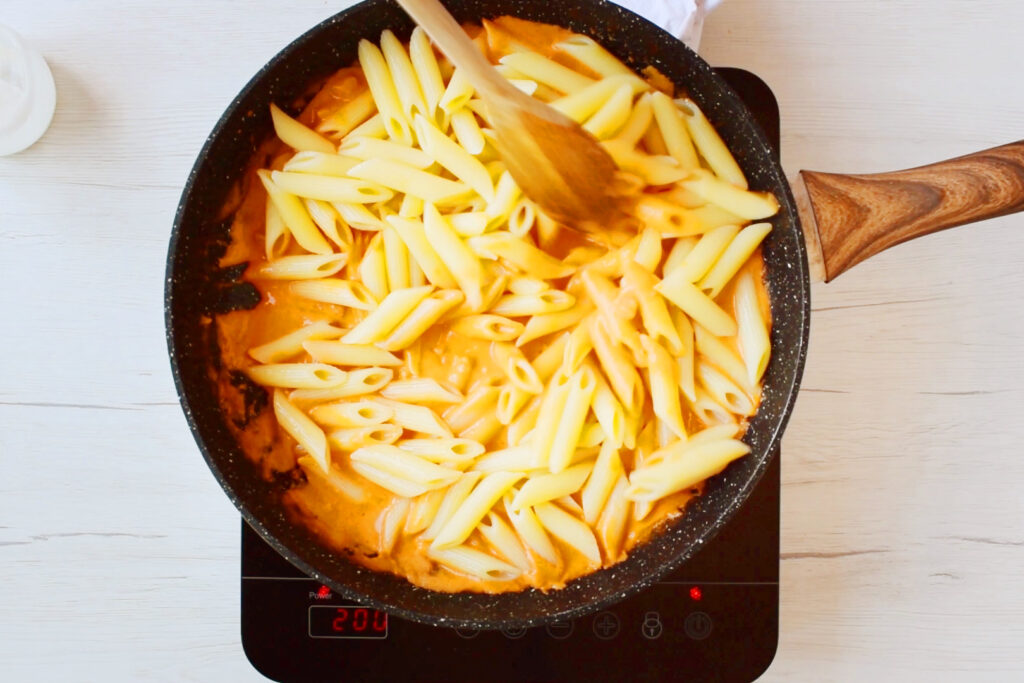
Following these essential steps will allow you to cook pasta like a pro and enjoy an authentic Italian pasta dish. With practice, you’ll be crafting delicious pasta in no time.
Common Mistakes to Avoid When Cooking Pasta
Not using enough water
A common error many home cooks make is not using a large enough pot and enough water for the amount of pasta. For optimal results, use a large pot and follow the rule 1, 10, 100. The pasta needs plenty of room to move freely in the boiling water. Insufficient water will result in mushy, sticky pasta.
Not adding salt to the water
Adding salt to the boiling water is a crucial step that should not be skipped. The salt adds flavor to the pasta. Use the rule 1, 10, 100. The water should taste salty, like seawater. Add the salt once the water has come to a boil.
Not stirring the pasta immediately after adding it to the water
After adding the pasta to the boiling water, stir immediately to prevent the pasta from sticking together. Stir occasionally while it’s cooking to prevent sticking. For long pasta like spaghetti or linguine, you may need to use tongs or a pasta fork to separate the strands.
Overcooking the pasta
The biggest mistake many cooks make is overcooking the pasta. Cook the pasta according to the package directions for al dente, usually 8 to 10 minutes for dried pasta. Start checking for doneness at least 2 minutes before the suggested cooking time. The pasta should still have a slight firmness to the bite, yet be fully cooked. Drain the pasta immediately to avoid overcooking.
Not reserving some pasta water
Reserve about 1/2 cup of the pasta water before draining the pasta. The starchy water can be added to the pasta sauce along with the cooked pasta. It helps the sauce cling to the pasta, creating a cohesive dish. Add the reserved water 1/4 cup at a time, stirring frequently, until the sauce reaches your desired consistency.
